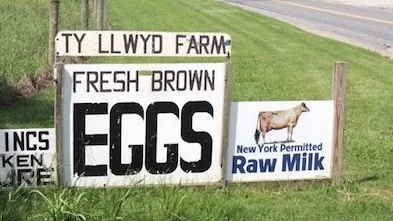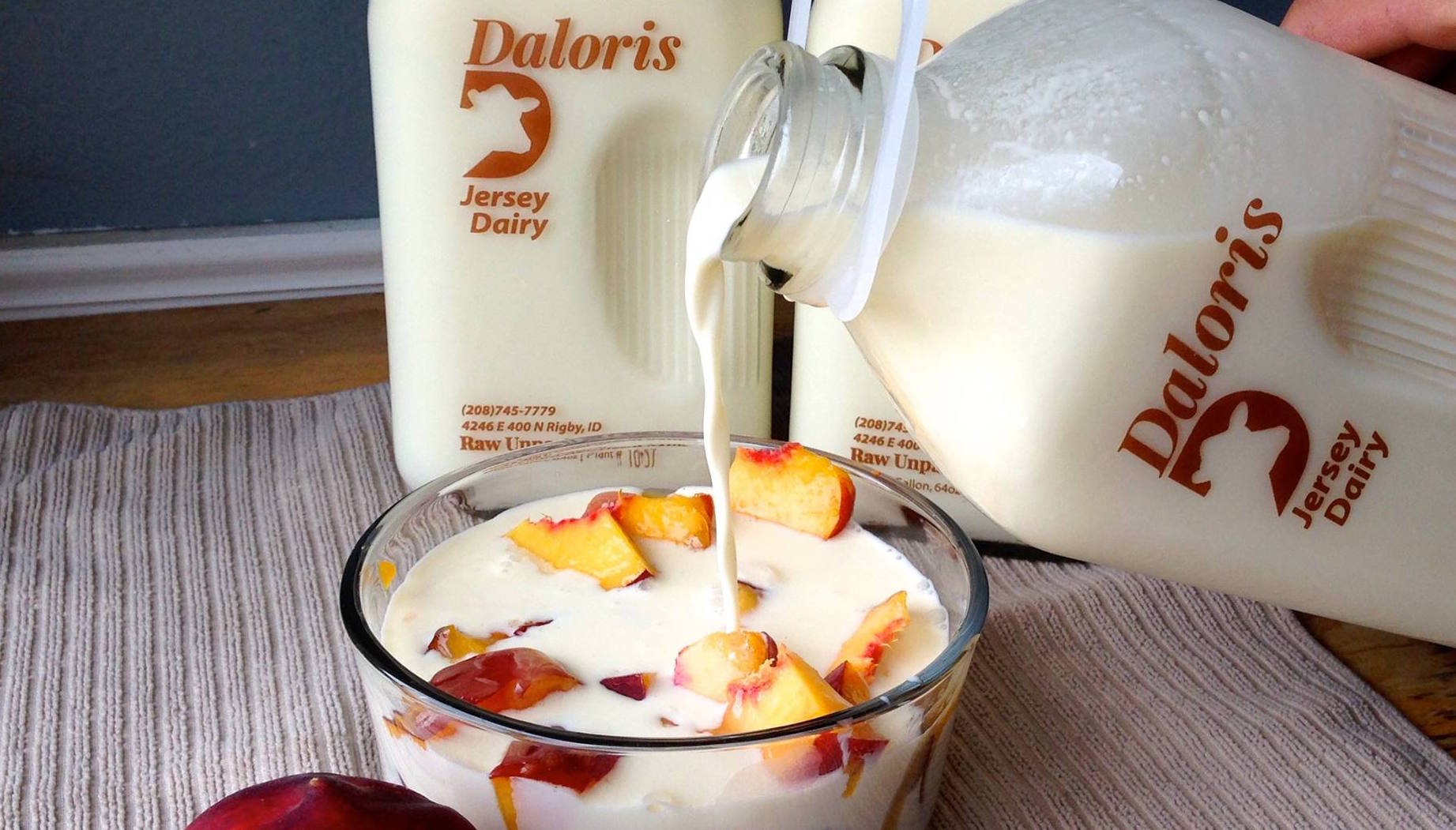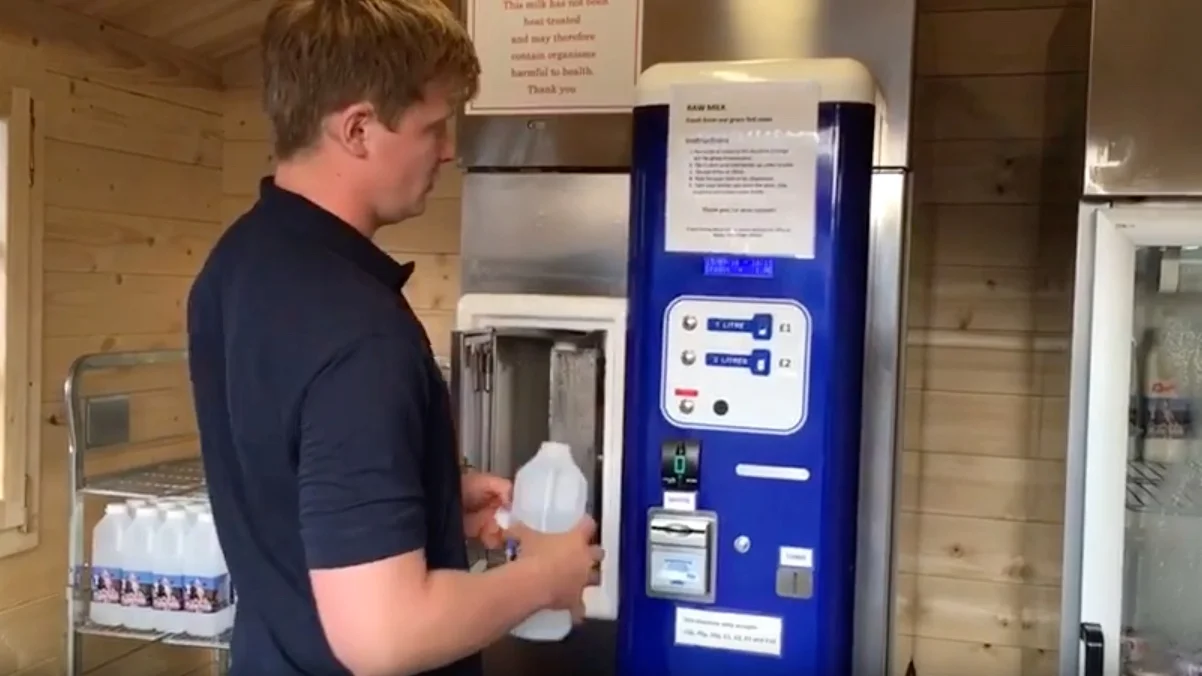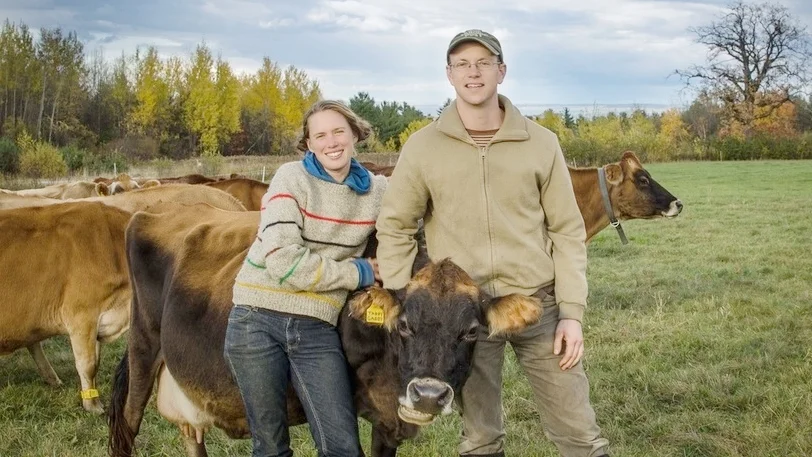Raw milk is banned because health and regulatory agencies have deemed it more dangerous than almost any other food. Of all the thousands of foods that cause illnesses, certified raw milk has been singled out for exclusion from the diets of Australians, unless it comes from their own cows.
Behind this extreme position is a risk assessment by Food Standards Australia and New Zealand (FSANZ), which declares that raw milk cannot be made safe for human consumption, no matter how carefully it is produced. The Australian Raw Milk Movement accepts that raw milk, like any food, can become contaminated and cause illness. However, such events are extremely rare. No food can be declared 100 per cent safe. And the dangers of certified raw milk have been hugely exaggerated.
Our position is that FSANZ’s risk assessment is simply not believable. Where is the widespread incidence of illness and death among raw milk drinkers in New Zealand, the UK, and the USA, where consumption of certified raw milk is on the increase? Or right here in Victoria, during the many years when significant numbers drank ‘bath milk’? Either there are thousands of unreported illnesses and numerous unreported deaths around the globe, or the predictions by FSANZ are flawed.
In the Weekend Australian Magazine of 10 December 2011, Mark Whittaker wrote as follows:
Modelling by Food Standards Australia New Zealand predicted that if raw milk were sold in retail outlets, every 100,000 serves of 540 mL to a child would produce “97 cases of EHEC [an E. coli- related illness], 153 cases of salmonellosis and up to 170 cases of listeriosis”. There are probably more than three million such serves of bath milk being sold each year. If people are drinking it and feeding it to their children, and they are, there should have been thousands of cases by now. I contacted the various health authorities in each state to find the dead, or at least the sick.
The last known case of illness from raw milk was in 2003 at a school. There were eight outbreaks between 1995 and 2003. Four of those involved school camps where raw milk was served presumably to children who weren’t used to drinking it, two other outbreaks involved farm visits, and only one claimed outbreak involved retail bath milk—the disputed Pet’s Milk outbreak of 2001. Out of all these outbreaks, four people were hospitalised. In 1976, 500 people in Whyalla, South Australia, had salmonella poisoning, 95 per cent of whom said they’d drunk raw milk. There were no deaths. By way of comparison, there are 11,500 cases of food poisoning every day in Australia, killing about 120 people a year.
[In Whyalla, less than a third of the affected individuals tested positive for Salmonella, calling into question the conclusion that a single factor caused this outbreak. Other factors were likely involved, which explains why the South Australian health authorities did not ban raw milk sales at that time. Raw milk sales remained legal for a further 24 years, until 2000.
Moreover, the infective dose for this type of Salmonella is very high. Milk contaminated at that level would be spoilt and unpleasant to drink. The regular testing mandated for certified raw milk producers in other countries is intended to detect contamination of the kind that is reported to have occurred in Whyalla.]
How did FSANZ get it wrong?
FSANZ took a theoretical approach which seriously disadvantaged raw milk. It started with data from conventional milk intended for pasteurisation, and applied statistical methods to estimate the risks from certified raw milk. If FSANZ had then compared its risk predictions with public health records in countries that regulate production of certified raw milk it would have discovered its mistake.
In short, FSANZ’s predictions are unverified, and demonstrably wrong. FSANZ should abandon its flawed assessments, and gather real world data from certified raw milk consumers in New Zealand, the United States, and the United Kingdom. Perhaps in tacit recognition of this issue, late in 2014 FSANZ wrote:
The Australia New Zealand Food Standards Code (the Code) requires that milk is pasteurised or equivalently processed to eliminate pathogenic bacteria that may be present. There is an exemption to this processing requirement that allows for state and territory legislation to regulate and permit the sale of raw drinking milk. No States or Territories currently have legislated to allow for raw cow milk to be sold. However, raw goat milk is permitted for sale in four States: Queensland, New South Wales, South Australia and Western Australia. States and territories will continue to have scope to allow for the sale of unpasteurised milk.
Thus Victoria is not bound by the pasteurisation provisions in the Australian Food Code. Each state is free to permit the sale of unpasteurised milk. The legalisation of raw goat’s milk by four Australian states highlights the point that each state and territory can depart from the Code if it chooses. Making certified raw cow’s milk available in Victoria is not complicated. Simple changes to the Victorian Dairy Act and, if necessary, the Food Act, will permit the production and sale of safe, certified raw milk. Many Victorian dairy farmers are already well equipped to produce certified raw milk.
Recent win for artisan cheese makers shows the way?
For years FSANZ forced the pasteurisation of cheese milk, arguing that cheese made from raw milk poses a significant threat to public health. This was supported vigorously by big processors, ingredient and equipment suppliers, and industry associations. Small/artisan cheese makers were disadvantaged because:
the capital cost of pasteurisation equipment is significant ($50k+) for high-temperature short-time methods, and batch processing is slow, typically taking 4–8 hours
cheese made from pasteurised milk is typically bland—acceptable to large producers but commercially damaging for artisan producers.
In 2015 the Australian Food Code was amended to allow raw milk cheese production. We congratulate those legislators and regulators who used soundly-evidenced reasoning to bring about this change. And we look forward to similar evidence-based decisions for producers and drinkers of certified raw milk.
Illnesses and death linked to raw milk?
In December 2014 Victoria’s Chief Health Officer made public statements linking raw milk consumption to five cases of gastroenteritis in children over the six months from May to October. One of the children died. A causal link between these illnesses and raw milk was implied, and amplified by the media. The Australian Raw Milk Movement notes the lack of evidence of any clusters of illness. The Coroner is yet to report.
For more information on how to identify and manage risks on the farm see the 11 categories of the Risk Identification and Risk Reduction program:
Related Articles:
A response to a concerned doctor regarding Raw Milk consumption
Raw Milk low risk: UK government agency contradicts Australia
Fair Regulations and Production Standards for Raw Milk
Gut microbiota and the immune compromised
Risk Assessment Management Plan
Farmer-friendly Raw Milk Risk Identification and Risk Reduction













































